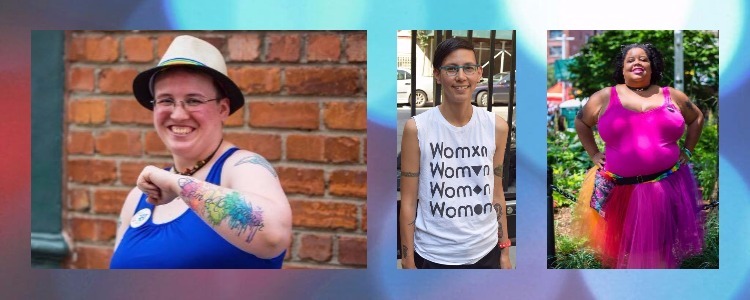I Love My LGBT Body
I Love My LGBT Body is a Facebook page created by Leon Silvers, an eating disorder therapist in NYC, to spread awareness of eating disorders and body image issues in the LGBT community.” Silvers photographs various members of the LGBT community and interviews them about their experience with gender, sexuality, identity, body image and eating disorders. Eating disorders and body image issues are prevalent in the LGBT community, but they are rarely addressed. Silvers hopes to change that conversation. In an introduction to the account, Silvers wrote, “Loving our bodies is loving ourselves. By accepting and loving the bodies that we have, we can change the norms on beauty and end this epidemic.”
Below are a few of our favorite stories that have been shared by I Love My LGBT Body:
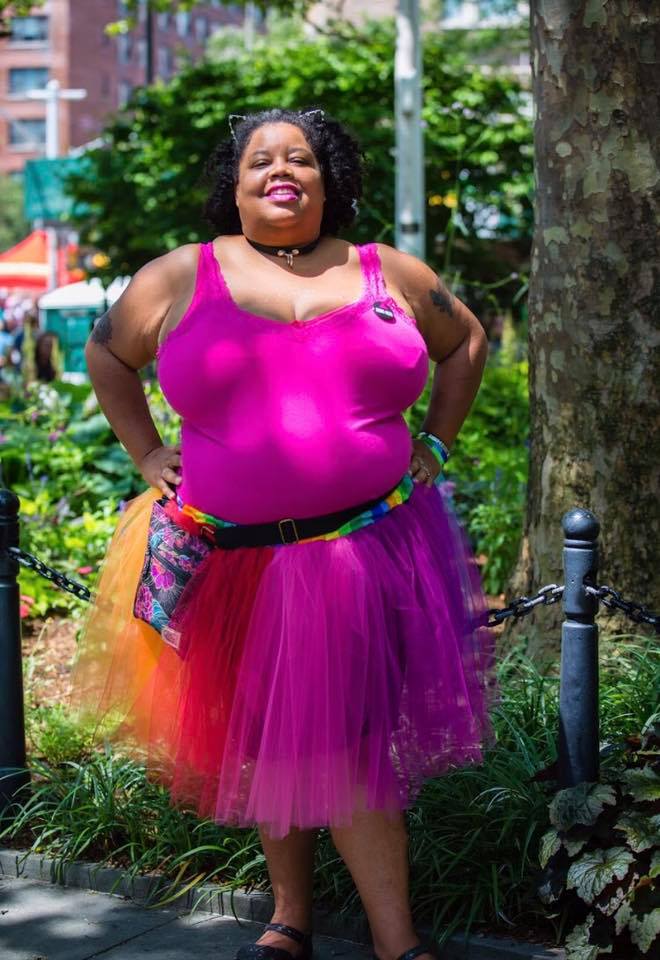
“I love my body. My body does wonderful things for me. I have a great body. As a fat black woman, I do have to deal with the way that other people react to me. I can have all the self-love I want, but I’m still impacted by people who demonstrate disdain or disgust for my body, or who marginalize me due to my ethnicity. And it does, it does hurt. Sometimes you have to forcefully remind yourself not to internalize the external messages. I have struggled with body image issues because the ideal body in this society, in the Western society, is a thin, taller, big breast but not too big breast, smaller waist, big hips but not too big, blonde, blue-eyed. And I don’t fit a lot of those characteristics. And my biggest problem with my body is not my body, it’s how other people stigmatize me because my body does not fit the ideal. Once I decided that this is the body I have, and I have to love it the way that it is, I felt a lot less self-conscious, a lot more willing to put myself out there, because it’s not for other people to love my body. It’s for me to love my body.”
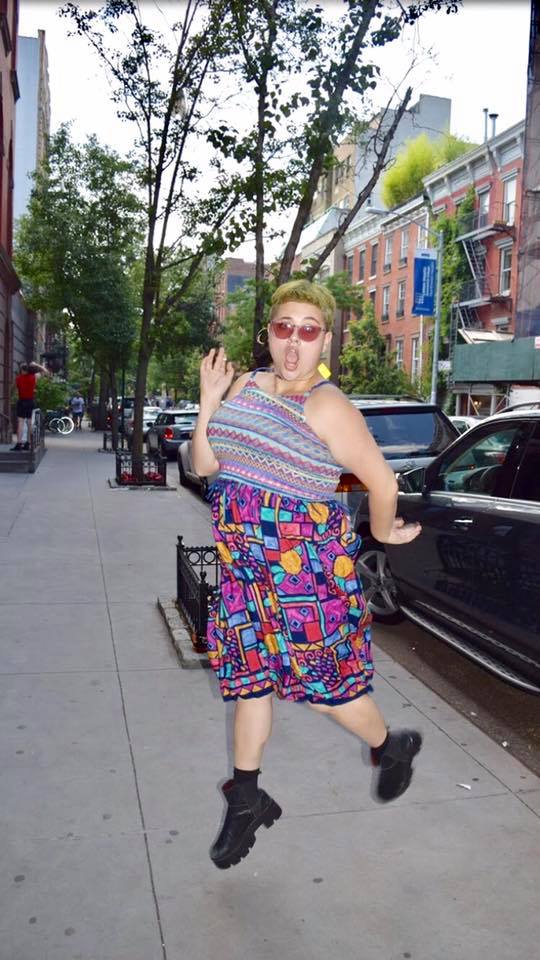
“I was assigned female at birth, but I’m trans and I’m nonbinary, but I present as femme. I have a lot of dysphoria around my body because I’m read as a woman, constantly, but I don’t identify that way and that plays into a lot of the ways that I see my body. Being a trans person who’s read as a woman is incredibly frustrating. What that has led to is me having grown up with the beauty standards that women are ascribed to. They’re so ingrained and rooted in every part of our culture, so to unlearn it, I really had to do some deep searching and I started to change my mind once I started to realize that I didn’t have to be what everyone wanted me to be. It’s taken me a really long time to have gotten to the place I’m at now, but something that’s helped me is the queer community, feminist community, body positivity, self-care, self-love. Therapy has been very helpful. I have a very good support system now. Being in a space with people who are accepting and show their bodies and show their skin and love it really helps me love my own and to have that community is really important. Part of my self-care is to be part of the queer community.”
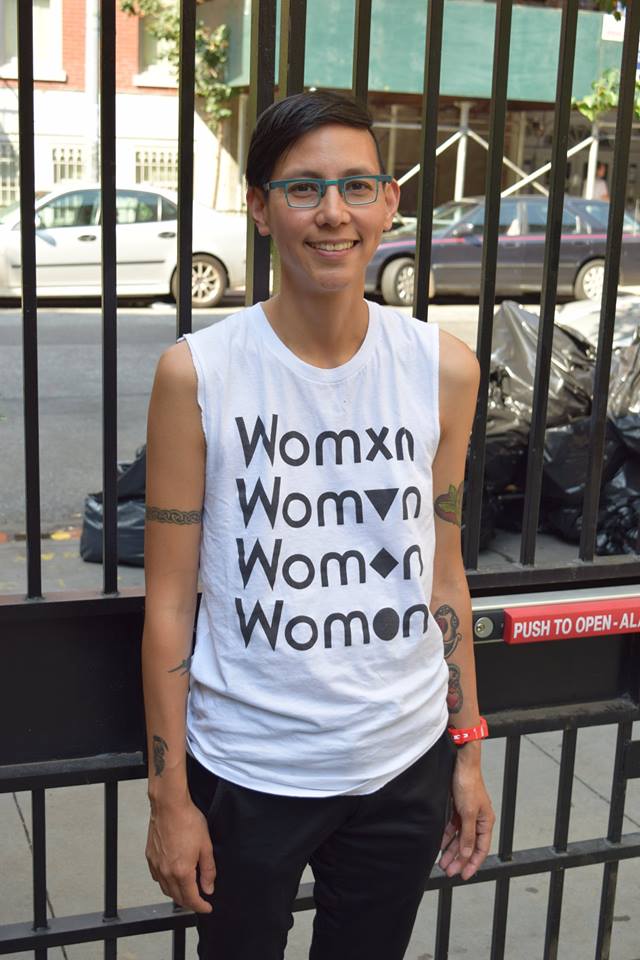
“I identify as gender queer and as a dyke. My image is more masculine, just because I feel more comfortable dressing in men’s clothing. There used to be a time where I felt feminine in such a slender body. I was wanting to be more masculine, wanting a more masculine build. I was being seen as a queer woman, a lesbian. I think being comfortable with my gender identity helps me be really comfortable in my body. Those two seem to go together. Before, I was on a fence of not knowing exactly. So I’m very thankful that we have other words to identify people in the queer community, whereas before it used to just be butch and lesbian, so I think that’s helpful to be able to identify as gender queer. I identify as androgynous also.”

“I’ve always been super short and overweight. It hasn’t always been the best, easiest time, especially in high school or college or anything after that. I work two jobs and everybody at my jobs are like ‘You’re strong,’ and I’m just like, ‘Yeah, I am, I’ll admit that.’ But, physically, looking at my body, it’s taken me awhile to get confident, comfortable where I can look at myself in the mirror and not be like ‘Oh god, that’s me.’ Now I can actually look at my body and say, ‘Yeah! That is me!’ And I look at my tattoos and I just wanna get more, show off who my personality is. So it’s taken me awhile but I finally feel like I love my body. It’s taken me a long time and every day I still struggle with that.”
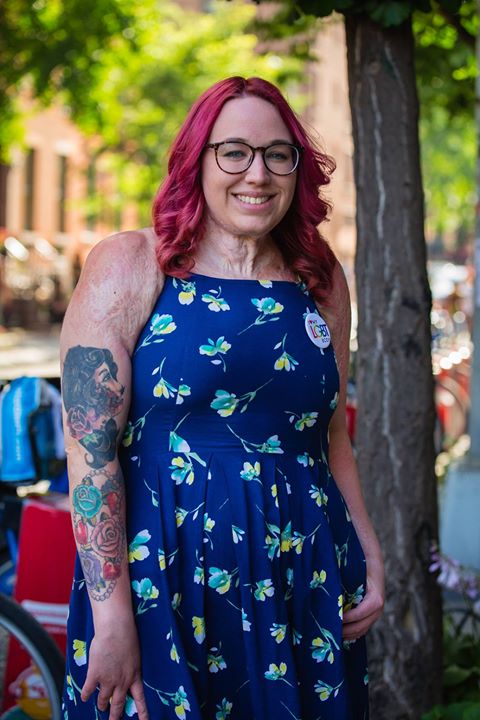
“I’m a burn survivor. I’ve struggled with body issues as a burn survivor and I used to eat to fill the void inside of me that was the loss of my skin, the loss of myself. I feel like a survivor, I feel good. I used to cover myself up all the time and just felt like no one in the world could see me like that. I went to a camp for burn survivors, like myself, and I said, ‘I’m a victim.’ And they stopped me and said, ‘No, no, no. Stop right there. You’re living in a victim’s mentality. You are a survivor.’ And, when I got that into my head, the wheels started turning and I started to feel a little better about myself. I started to feel comfortable, so I started to show my skin and then just as life went on, people started to care less because it was just all in my head really. And then I thought one day, ‘You know, what if I just went out in this tank top?’ So I did, and I said, ‘I’m not going to be uncomfortable for anyone else in my life ever again.’ I’m gonna be me for me. I just started to say, what would make me happy? Not everybody else. What makes me happy – and that was, finding who I was and I found who I was.”


